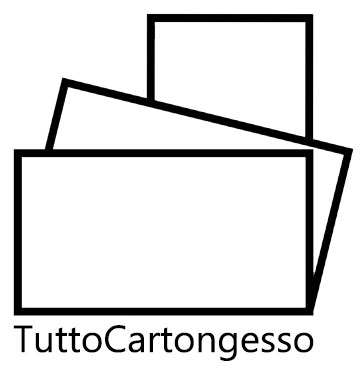Gypsum plasterboard is a building material invented in the United States towards the end of 1900 'where plaster, for the first time, was worked and proposed in the form of homogeneous sheets of low thickness and combined with layers of cardboard with the function of external reinforcement.
At the same time an effective constructive technique was realized that provided a metallic support structure (in substitution to the classic wooden structure) on which the gypsum sheets were fixed, thus creating a covering.
This technique allowed the realization of elements of vertical separation (walls and counter-walls) and horizontal elements (false ceilings).
Once patented, it appeared in Europe during the First World War and initially spread only in the northernmost countries, where the construction technique of the houses, with a wooden frame, better adapted to its applications.
In the early sixties the plasterboard also arrived in Italy and in the Mediterranean countries.
Since then, the evolution of the product has not known truce, bringing transformations both to the nature of the slab that improves the laying techniques (creation and development of accessories and special tools and complementary elements to the plasterboard).
